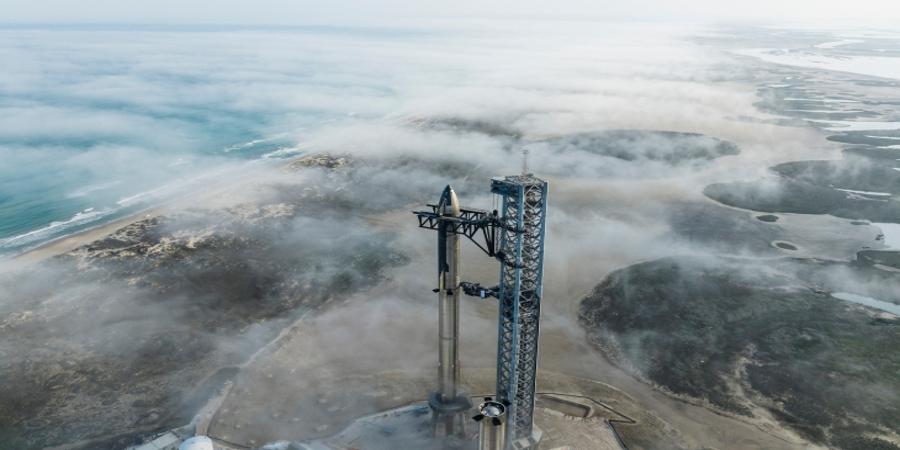More and more hype is building for the first orbital flight test of Starship, SpaceX’s ultra-heavy launch system. That hype has started to reach a crescendo this week as the U.S. Federal Aviation Administration (FAA) released an air traffic advisory identifying April 10 as a primary launch date. Adding gasoline to the fire, earlier today SpaceX CEO Elon Musk liked a tweet that simply reads “April 10” with a GIF of a rocket launching.
While April 10 is shaping up to be the closest we’ve come to an even semi-solid launch date, the FAA has yet to issue the all-important launch license to SpaceX. This final regulatory green-light is a nonnegotiable step before the company can conduct the test. As of yet, there’s been no indication that that license is imminently forthcoming.
Further, as Ars Technica science editor Eric Berger pointed out on Twitter, there is also a very real possibility of a civil suit being filed over environmental issues immediately following the issuance of the launch license. In this case, a judge would have the power to issue a temporary injunction blocking the flight test until that civil suit is resolved.
It would not be the first time SpaceX and environmentalists have clashed over the company’s activities at Starbase, the Starship development facility in Boca Chica, Texas. Immediately surrounding Starbase are wildlife refuges and a state park, both home to what environmentalists say are fragile ecosystems that could be existentially threatened by ongoing orbital operations. The FAA published its final environmental assessment of Starbase and the Starship flight program last summer, finding that SpaceX’s plans would not result in significant impacts to the environment and requiring the company to complete a number of mitigation measures before flight testing begins.
The Starship launch system is composed of a Super Heavy booster and an upper stage that’s also named Starship. The rocket has become critical to the future of the space economy, with multiple startups banking on it coming online for their business plans, as well as to NASA, which has made it a centerpiece of its Artemis program to return humans to the moon — not to mention its centrality to Musk’s own vision of expanding humanity to Mars.
Source @TechCrunch



